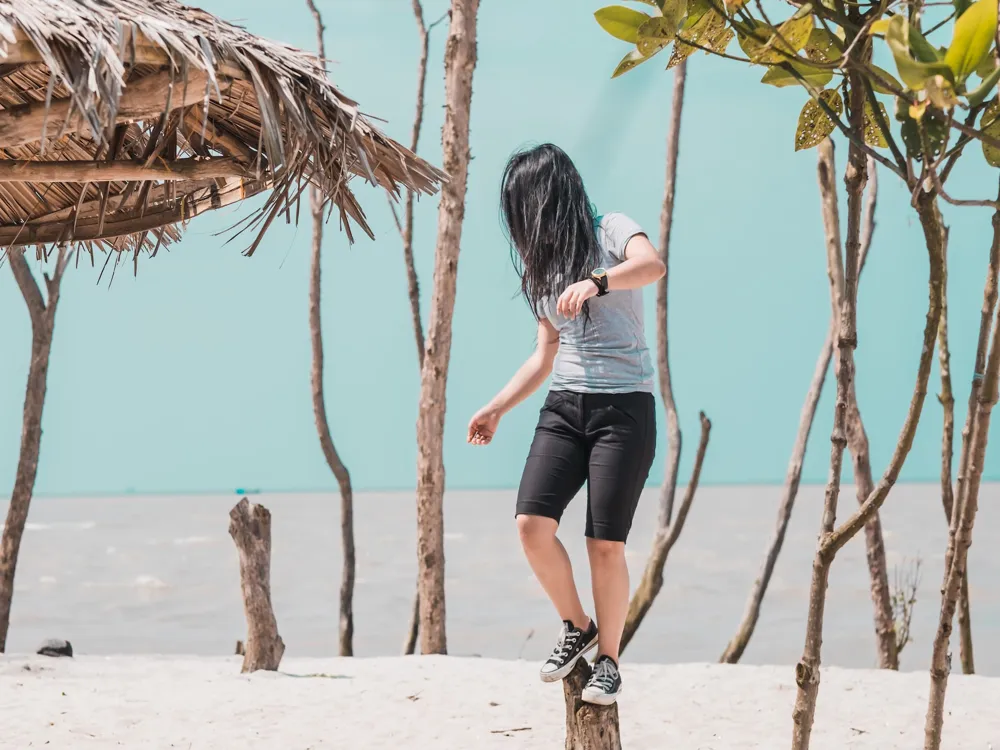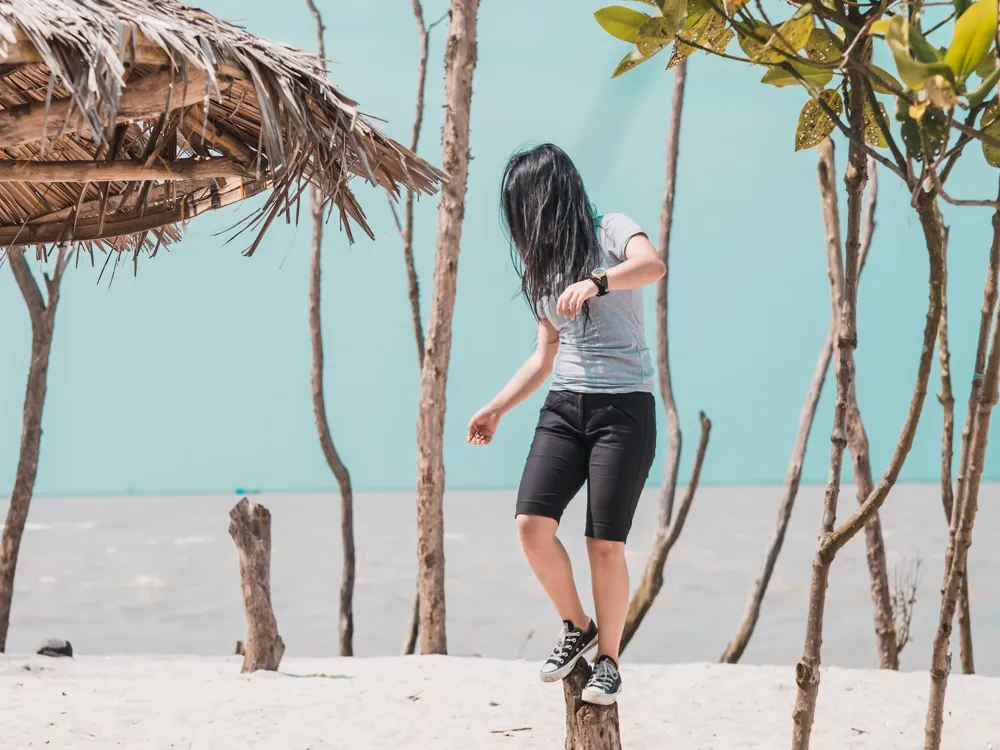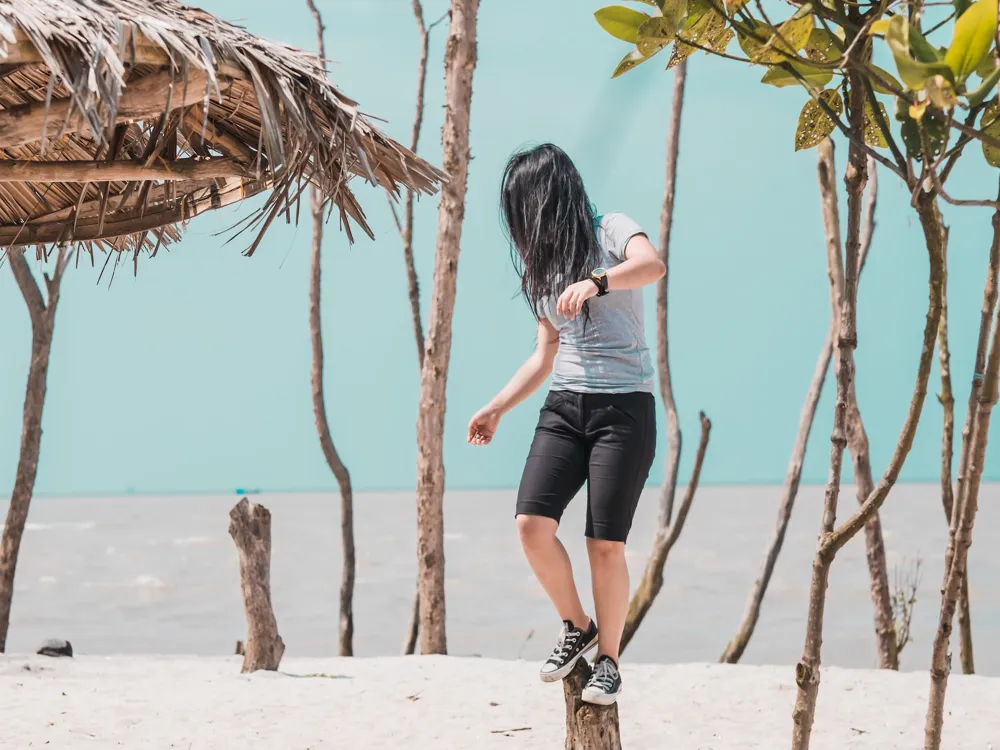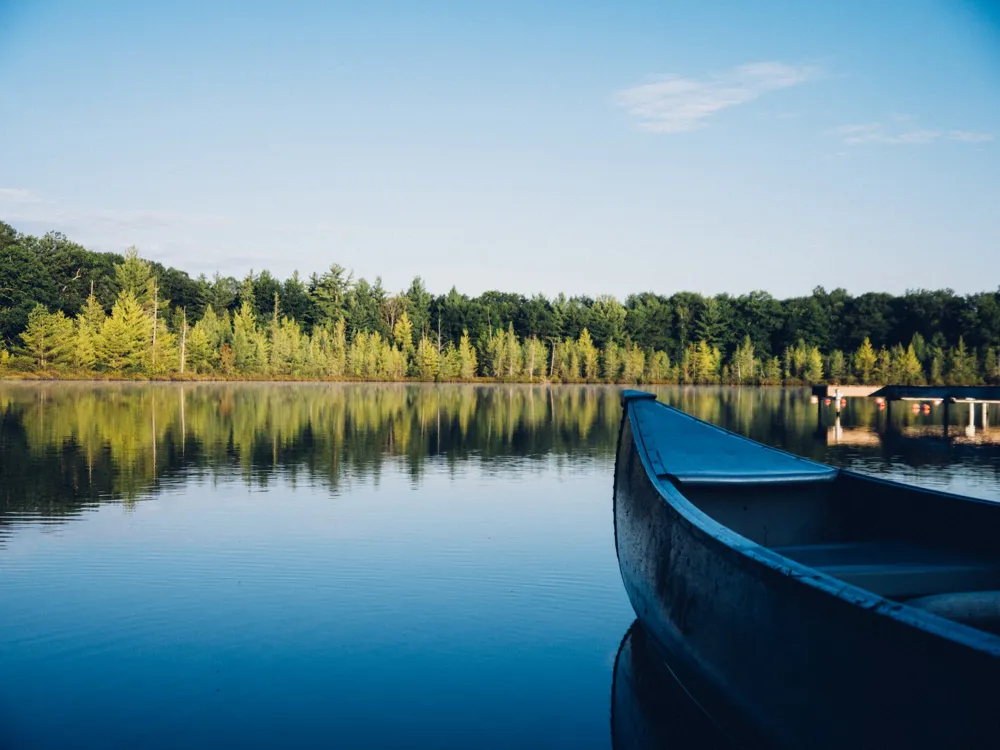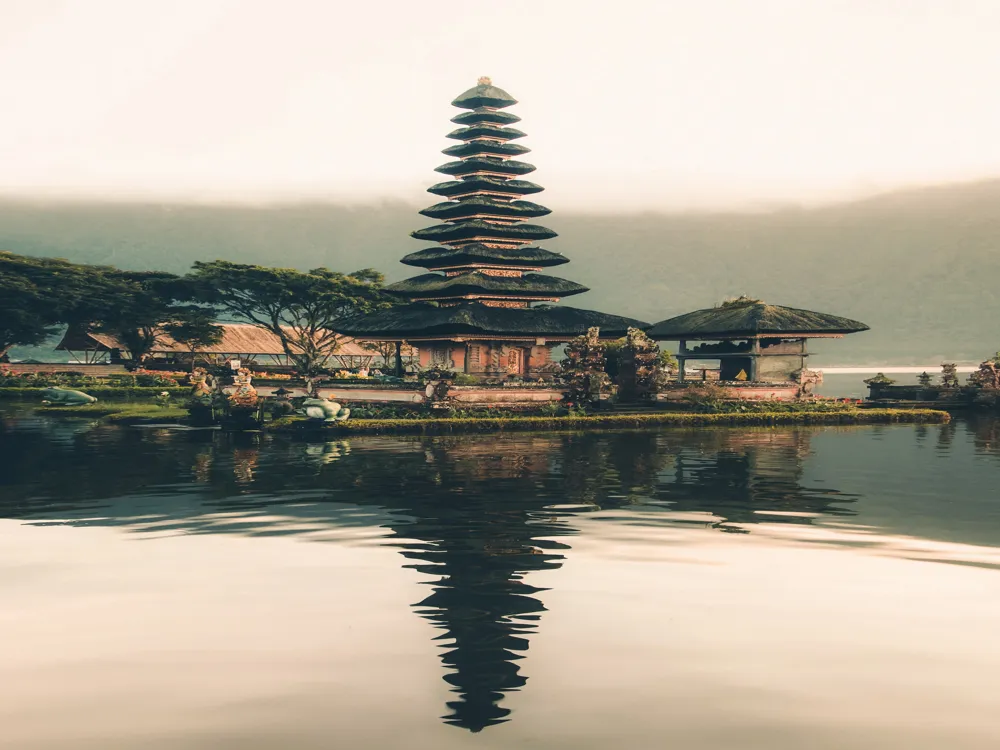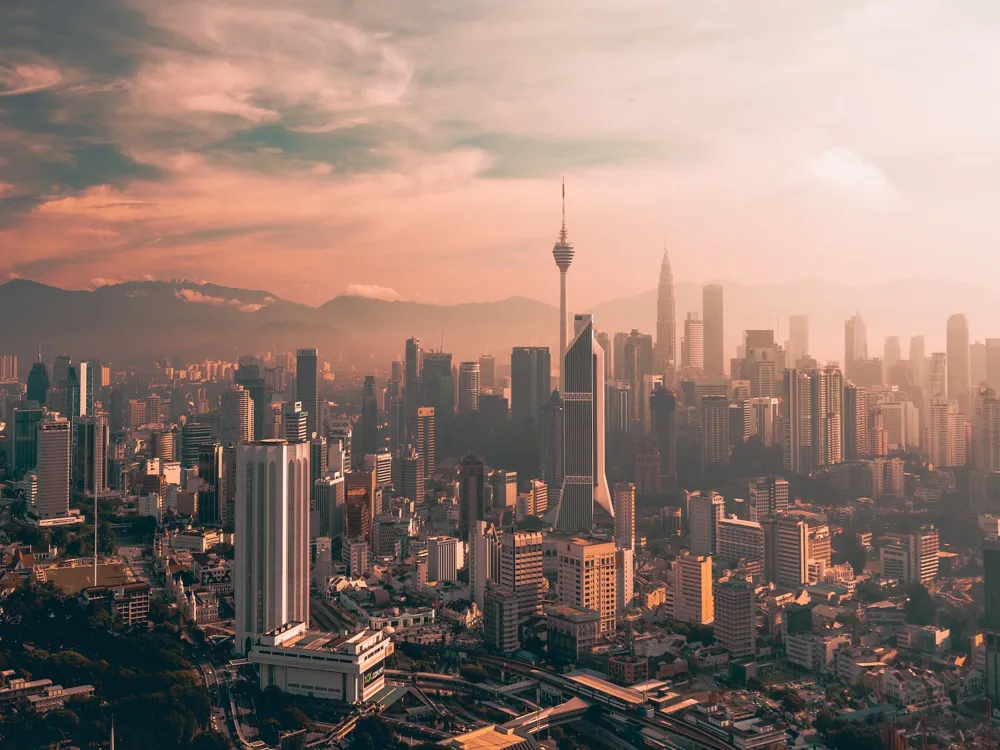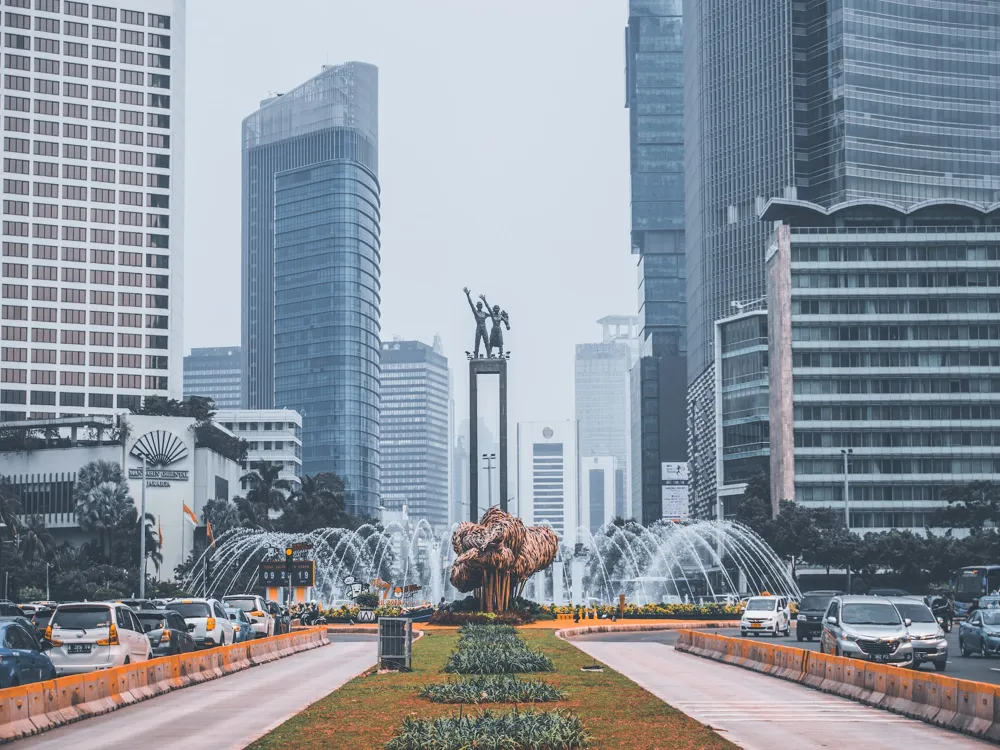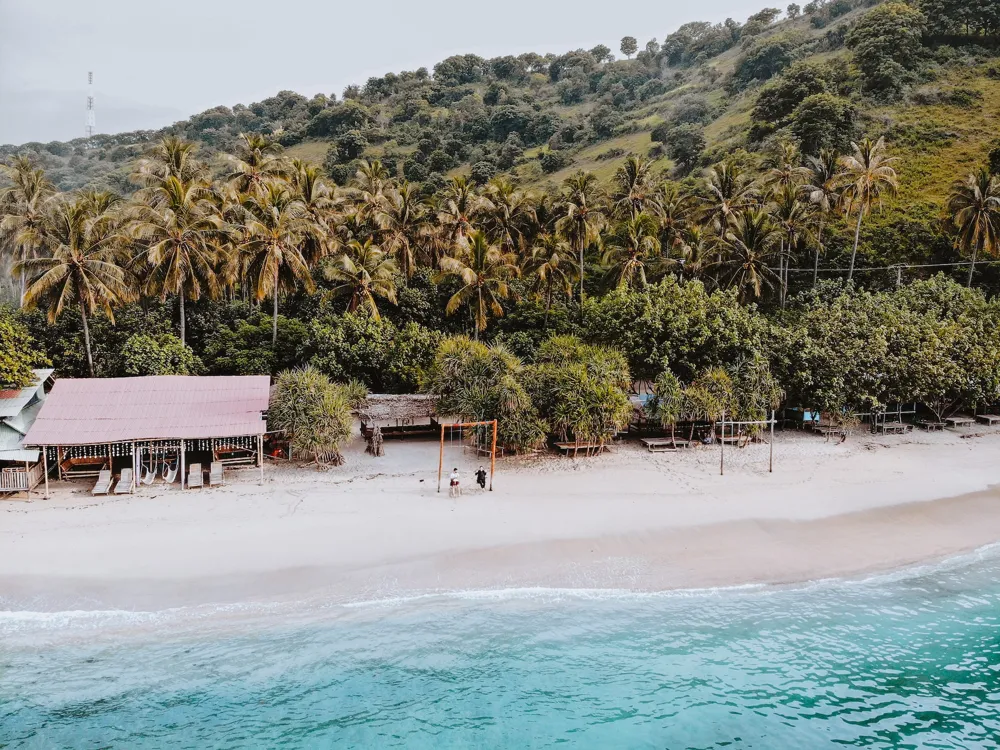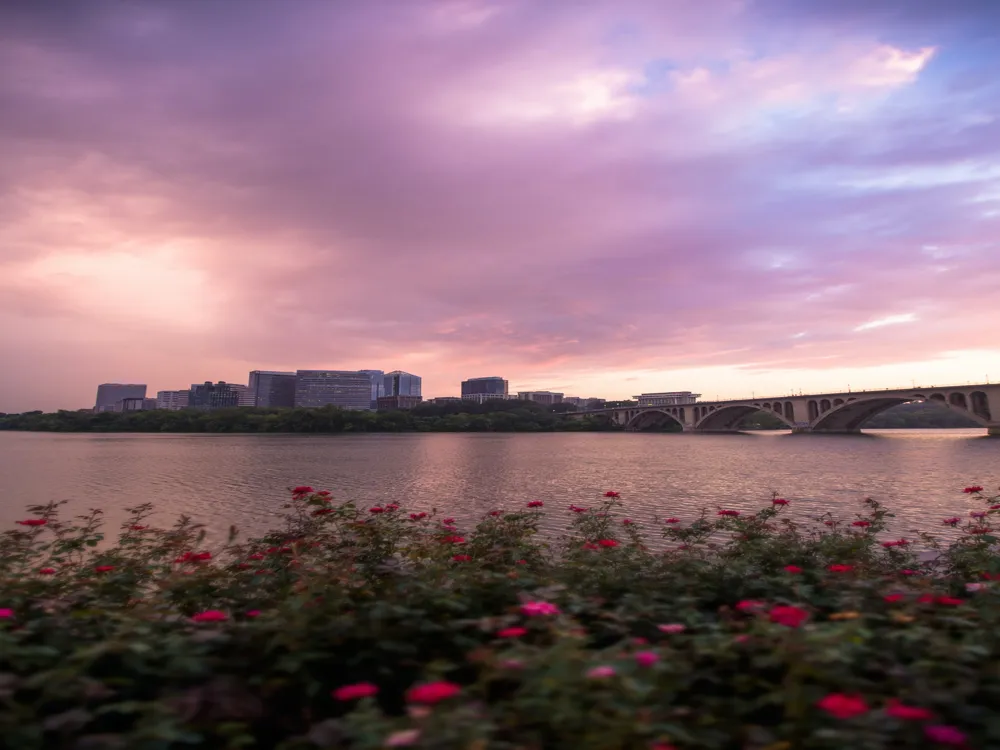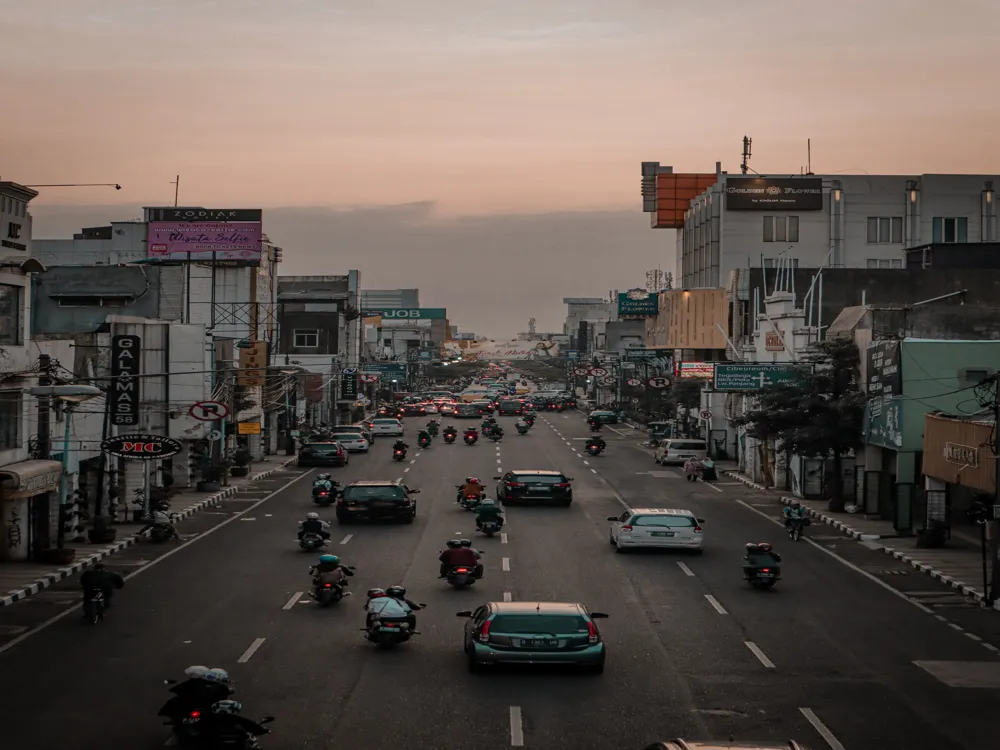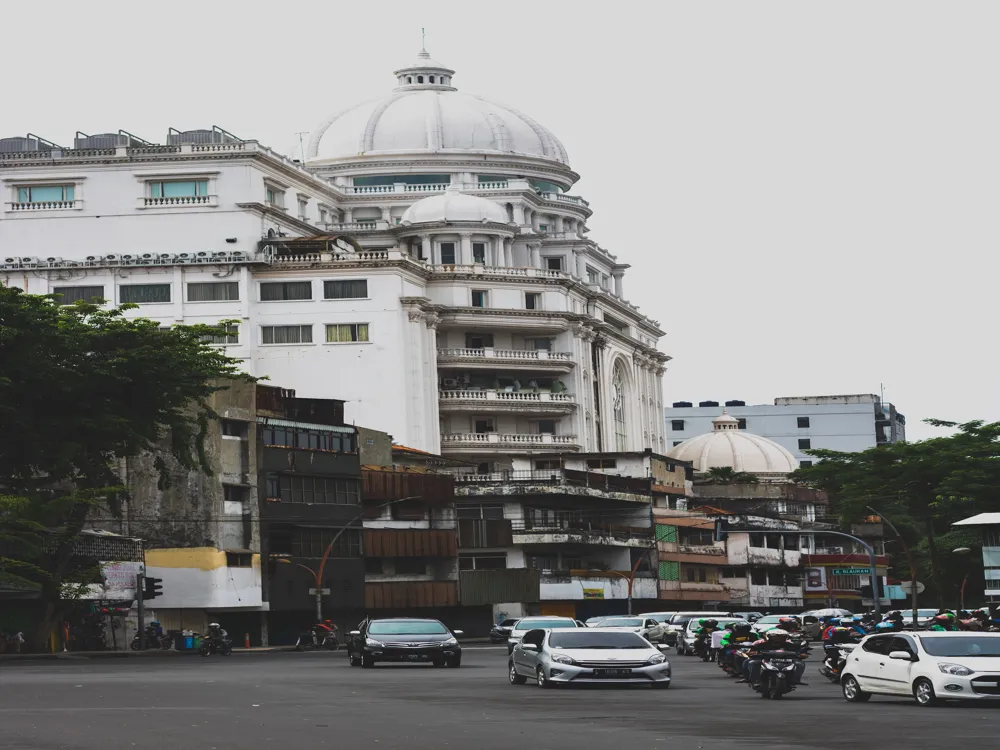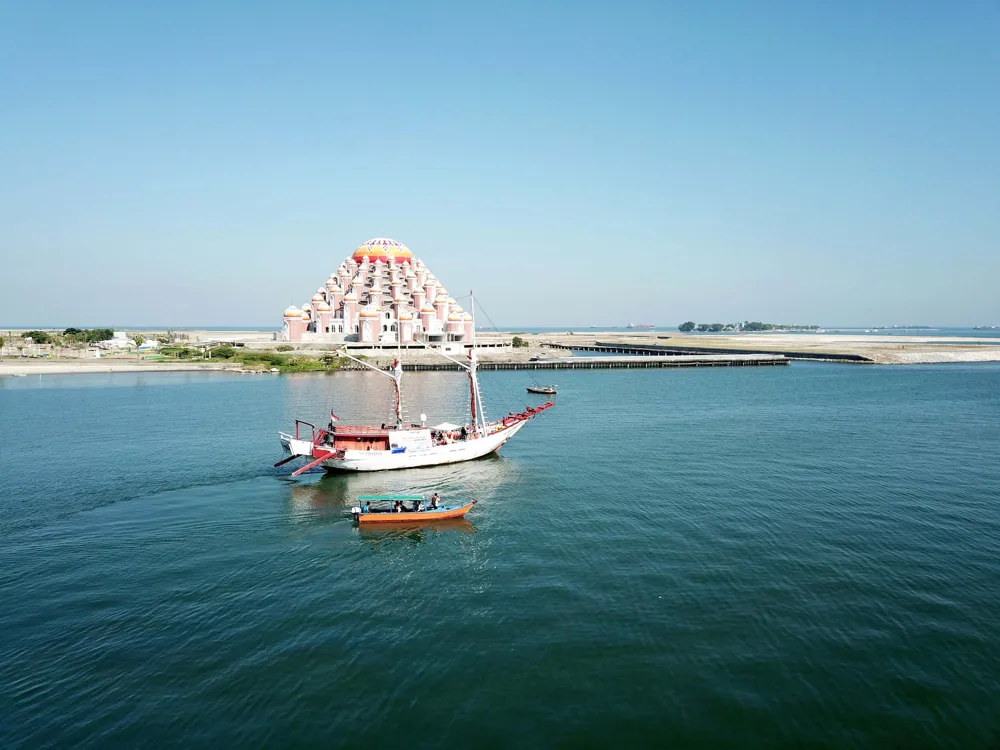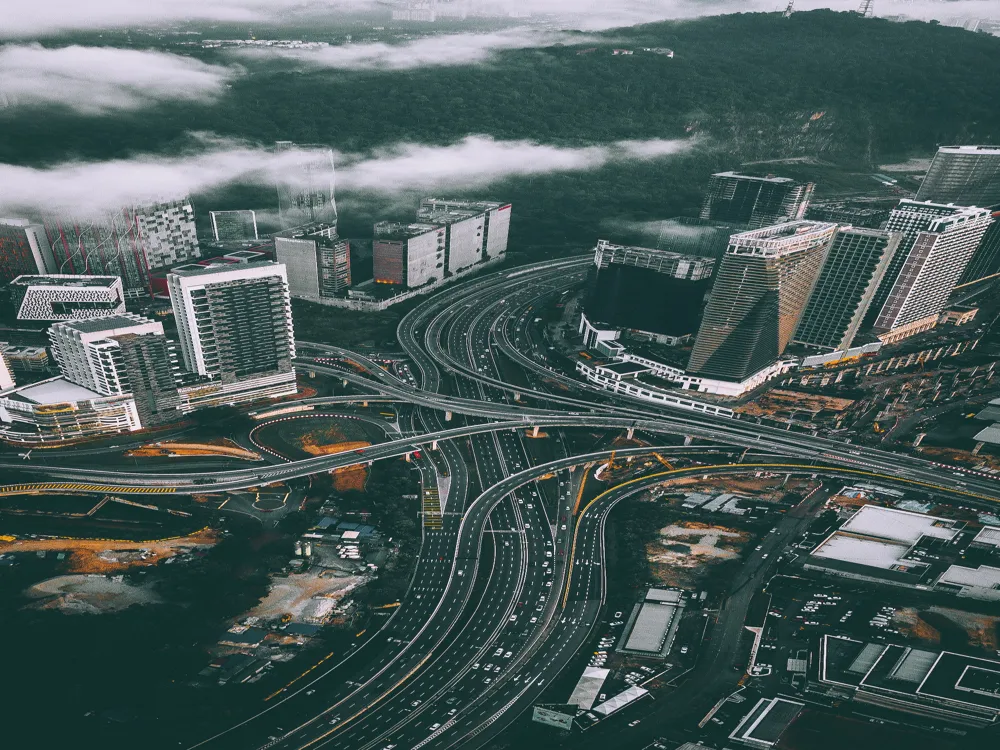Mount Sibayak, standing majestically in the North Sumatra region of Indonesia, near the bustling city of Medan, is a stratovolcano that captures the essence of nature's raw beauty. This mountain is not just an ordinary peak; it's a geological wonder, presenting a unique blend of natural phenomena and cultural significance. The journey to its summit is not just a trek, but an exploration into the heart of Indonesian landscape and culture. At an elevation of 2,212 meters, Mount Sibayak is renowned for its accessible trekking routes, making it a favorite among both experienced hikers and casual adventurers. The mountain's relatively gentle slopes hide an array of geological marvels, from hot springs to fumaroles, which are testament to its volcanic nature. The summit offers breathtaking views, encompassing the lush Karo highlands and even the distant Lake Toba, the largest volcanic lake in the world. The mountain's name, 'Sibayak', is deeply rooted in the local Batak culture, symbolizing the mountain's historical and spiritual significance. For centuries, it has been a part of local myths and legends, often revered as a sacred place. This cultural aspect adds an enriching layer to the experience of visiting Mount Sibayak, making it not just a physical journey but also a spiritual exploration. The flora and fauna of Mount Sibayak are as diverse as its terrain. The lower slopes are covered in dense tropical rainforests, home to various species of birds, insects, and mammals. As one ascends, the vegetation transitions to mossy forests and then to alpine vegetation, each zone offering its own unique array of life forms. This rich biodiversity is not only a delight for nature enthusiasts but also plays a crucial role in the ecological balance of the region. Mount Sibayak's volcanic activity is another point of fascination. Its last known eruption occurred centuries ago, but the mountain still exhibits signs of its fiery past. The crater, a remnant of its eruptive history, now emits steam and gases, creating a surreal landscape often shrouded in mist. These volcanic features make Sibayak an important site for geological study, attracting researchers and scientists from around the globe. The mountain's geothermal activity has also been harnessed for sustainable energy production. Nearby geothermal plants utilize the heat from within the earth, contributing to the region's energy needs and promoting environmental conservation. This aspect of Mount Sibayak highlights the harmonious relationship between nature's raw power and human ingenuity. The term 'architecture' in the context of Mount Sibayak refers not to man-made structures, but to the natural architecture crafted by geological forces over millennia. This natural architecture is a spectacle of earth's intrinsic processes, offering a window into the planet's fiery interior and its evolutionary journey. The mountain's structure is characterized by its classic stratovolcano shape, featuring a conical profile with a central crater. This formation is the result of successive layers of lava, ash, and other volcanic materials, each layer telling a story of an eruptive event. The crater at the summit, now a source of geothermal activity, serves as a stark reminder of the mountain's explosive past. The volcanic soils of Mount Sibayak are rich in minerals, contributing to the lush vegetation that drapes its slopes. These fertile grounds support a diverse range of ecosystems, from lowland rainforests to high-altitude mossy forests. This transition in vegetation is not just a visual delight but also a showcase of nature's adaptability and diversity. The mountain's hydrothermal features are among its most striking aspects. Hot springs and fumaroles dot the landscape, creating natural spas that have been used by local communities for centuries. These features are not only of recreational value but also of scientific interest, offering insights into volcanic processes and the earth's heat mechanisms. The summit of Mount Sibayak, accessible through well-trodden paths, provides panoramic views of the surrounding landscapes. From this vantage point, one can witness the interplay of natural forces that shaped the region – the volcanic peaks, the sprawling highlands, and the intertwining rivers. This breathtaking view encapsulates the essence of Mount Sibayak's natural architecture, a masterpiece sculpted by time and nature. Furthermore, the geological formations around the mountain, including rock layers and sediment deposits, serve as a natural archive. They provide valuable information regarding the region's geological history, climate changes, and the mountain's volcanic activities. This aspect makes Mount Sibayak a significant site for geological and environmental research. Before embarking on your journey to Mount Sibayak, it's crucial to prepare adequately. Ensure you have the right gear, including comfortable hiking shoes, weather-appropriate clothing, and a first aid kit. Always check the weather forecast and plan your trip accordingly. It's advisable to hire a local guide for a safer and more informative trekking experience. Mount Sibayak is not just a tourist destination but a fragile ecosystem. As visitors, it's our responsibility to minimize our environmental impact. Stick to designated trails, dispose of waste properly, and avoid disturbing the wildlife. Embrace the principles of Leave No Trace to preserve the mountain's natural beauty for future generations. Remember that Mount Sibayak holds cultural significance for the local communities. Respect their traditions and beliefs, especially when visiting sacred sites. Engaging with locals can enrich your experience, offering deeper insights into the mountain's cultural backdrop. The hot springs and fumaroles are highlights of Mount Sibayak. While enjoying these natural spas, be cautious of the temperature and stay within designated safe areas. These geothermal features are not only for relaxation but also represent the mountain's unique geological character. Mount Sibayak is accessible from Medan, the capital city of North Sumatra. The most common route is to travel to Berastagi, a town near the mountain, which is about a 2-hour drive from Medan. Various transportation options are available, including buses, taxis, and rental cars. Once in Berastagi, you can either start your trek directly from the town or take a short ride to one of the trailheads closer to the mountain. For international visitors, the nearest airport is Kualanamu International Airport in Medan, which is well-connected with major cities across Indonesia and some international destinations.Overview of Mount Sibayak in Medan
Architecture of Mount Sibayak
Tips When Visiting Mount Sibayak
Preparation and Safety
Respecting the Environment
Cultural Sensitivity
Enjoying the Geothermal Features
How To Reach Mount Sibayak
Mount Sibayak
Medan
NaN onwards
View medan Packages
Medan Travel Packages
View All Packages For Medan
Top Hotel Collections for Medan

Private Pool

Luxury Hotels

5-Star Hotels

Pet Friendly
Top Hotels Near Medan
Other Top Ranking Places In Medan
View All Places To Visit In medan
View medan Packages
Medan Travel Packages
View All Packages For Medan
Top Hotel Collections for Medan

Private Pool

Luxury Hotels

5-Star Hotels

Pet Friendly







